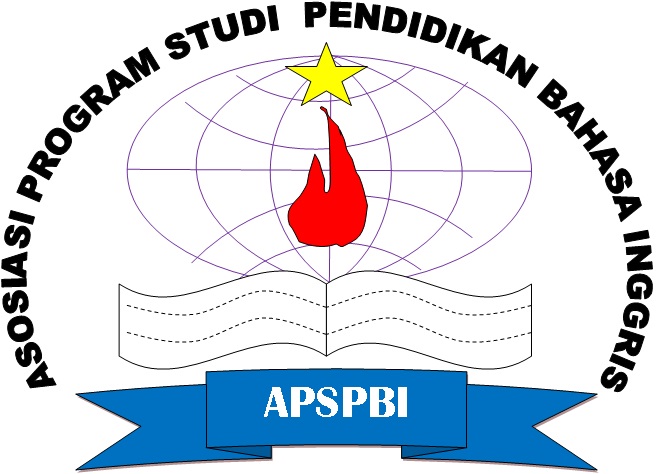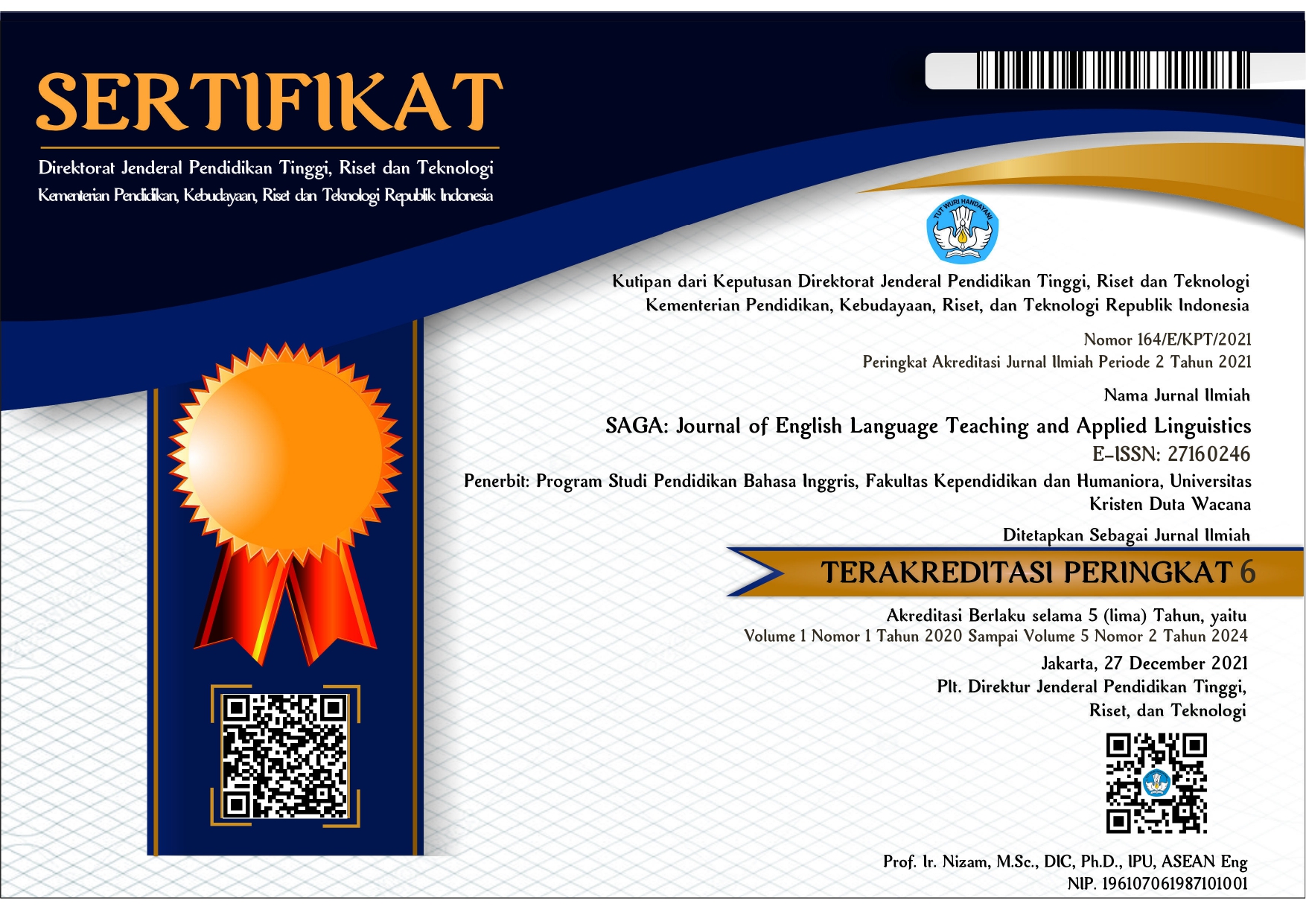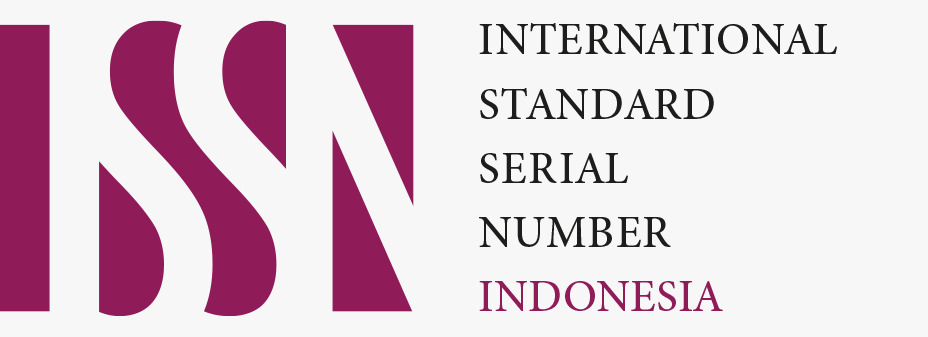Accentuating the Enhanced Roles of Integrative and Instrumental Motivation in English Language Learning
DOI:
https://doi.org/10.21460/saga.2025.61.220Keywords:
Integrative motivation, Instrumental motivation, English LearningAbstract
A mass of studies has unfolded the accentuating role of motivation in promoting learning outcomes. However, those studies were focused on the quantified data exhibiting the significance of instrumental and integrative motivation without sufficiently delving into the impacts of these motivations. Thus, this study aimed to enhance the insights of the motivations’ role based on the learners’ perspectives. A qualitative approach was employed to examine the responses from 15 selected participants. Data was obtained from a one-on-one interview extracted from Gardner's Attitude/Motivation Test Battery (AMTB) and scrutinized using holistic and specifically focused analysis. The findings revealed that the two motivations aroused learning enjoyment, anxiety, earlier/regular exposures, and language habits. To some extent, integrative motivation promotes greater positive influences than instrumental motivation. Learners with integrative orientation were more regularly exposed to the language due to the internal desire to be directly engaged with the speaking group. Hence, they found learning more enjoyable and actively used it daily. In contrast, instrumentally motivated learners tended to be anxious as they were driven to attain external rewards and hardly enjoyed the learning process. They occasionally learned the language for a unique goal that lessened the language exposure. As a result, the integrative learners outperformed the instrumentally-oriented learners. However, the finding shows that both motivations should be synergized to expect better learning outcomes.
References
Aleidine, J. M. & Theresa, C. (2015). International encyclopaedia of the social and behavioural sciences (2nd edition). Elsevier Ltd
Alizadeh, M. (2016). The impact of motivation on English language learning. International Journal of Research in English Education, 1(1), 11-15. http://www.ijreeonline.com/
Ariani, D. W.(2017). Self-determined motivation, achievement goals, and anxiety of economic and business students in Indonesia. Educational Research and Reviews 12(2) 1154-1166. http://dx.doi.org/10.5897/ERR2017.3381
Azar, A. S., & Tanggaraju, S. (2020). Motivation in second language acquisition among learners in Malaysia. Studies in English Language and Education 7(2): 323-333. https://10.24815/siele.v7i2.16506
Berkman, E. T. (2018). The neuroscience of goals and behaviour change. Consult Psychology Journal 70(1):28-44. https://doi.org/10.1037%2Fcpb0000094
Brickman, C. (1971). Hedonic relativism and planning a good Society. New York: Academic Press. (pp. 287–302). In M. H. Apley, ed., Adaptation level theory: A symposium. Academic Press
Brown, H. D. (1994). Principles of language learning and teaching. Prentice-Hall Regents.
Brown, H. D. (2007). Principles of Language Learning and Teaching (5th Ed.). Longman
Chalak, A., & Kassaian, Z. (2010). Motivation and attitudes of Iranian undergraduate EFL students towards learning English. GEMA Online Journal of Language Studies, 10(2), 37-56.
https://doi.org/10.4236/ojml.2012.22006
Covey, S. R. (2004). The 7 habits of highly effective people. UK: Franklin Covey Co.
Deci, E. L., & Ryan, R. M. (2002). Handbook of self-determination research. The University of Rochester Press.
Dincer, A. & Yesilyurt, S. (2017). Motivation to speak English: A self-determination theory perspective. PASAA: Journal of Language Teaching and Learning in Thailand, 53, 1–25. https://doi.org/10.14456/pasaa.2017.1
Dörnyei, Z. (2002). Motivation in action: Towards a process-oriented conceptualization of student motivation. British Journal of Educational Psychology, 70, 519-538. https://doi.org/10.1348/000709900158281
Dwinalida. K & Setiaji, S. (2020). The correlation between learners’ motivation and language learning strategies in EFL Context. JEPAL Journal of English Pedagogy and Applied Linguistics, 1(1), 38-48. https://doi.org/10.32627/jepal.v1i1.45
Duhigg, C. (2013). The power of habit. Random House Books.
Engin, A. O. (2009). Second language learning success and motivation. Social Behavior and Personality: An International Journal, 37(8), 1035–10-41. https://doi.org/10.2224/sbp.2009.37.8.1035
Finegan, E. (1999). Language: Its structure and use (3rd ed). Harcourt Brace
Gardner, R.C. (2010). Motivation and Second Language Acquisition. The Socio-educational model. New York: Peter Lang Publishing, Inc.
Gardner, R. C., & Lambert, W. (1972). Attitude and motivation in second language learning. Newbury House
Gholami, R., Allahyar, N. & Rafik-Galea, S. (2012). Integrative motivation as an essential determinant of achievement: A Case of EFL high school students. World Applied Sciences Journal 17 (11), 1416-1424. https://www.idosi.org/wasj/wasj17(11)12/6.pdf
Granena, G. (2012). Age differences and cognitive aptitudes for implicit and explicit learning in ultimate second language attainment (Doctoral dissertation, University of Maryland, College Park). http://libproxy.nau.edu/docview
Hariri et al. (2021). Motivation and learning strategies: Student motivation affects student learning strategies. European Journal of Educational Research, 10(1) 39-49. https://doi.org/10.12973/eu-jer.10.1.39
Hernandez, T. (2006). Integrative motivation as a predictor of success in the intermediate foreign language classroom. Foreign Language Annals, 39(4), 605–617. https://doi.org/10.1111/j.1944-9720.2006.tb02279.x
Hong, Y. C., & Ganapathy, M. (2017). To investigate ESL students’ instrumental and integrative motivation towards English language learning in a Chinese School in Penang: Case Study. Canadian Center of Science and Education, 10(9), 17–35. https://doi.org/10.5539/elt.v10n9p17
Hudson, G. (2000). Essential introductory linguistics. New Jersey: Blackwell Publishers.
Jones, I. E. (2006). The effect of motivation on second-language acquisition: Integrative Motivation and Instrumental Motivation. Alliant International University, San Diego ProQuest Dissertations Publishing. 3227683
Kamiluddin, U. (2019). Motivation and learning style: do they correlate with language proficiency? ELT-Echo, 4(1), 1-13. http://dx.doi.org/10.24235/eltecho.v4i1.4218
Krashen, S. D. (1998). Second language acquisition and second language learning. Prentice-Hall International
Lee, F.K., Sheldon, K. M., Turban, D. B. (2003). Personality and the goal-striving process: The influence of achievement goal patterns, goal level, and mental focus on performance and enjoyment. Journal of Applied. Psychology 88(2), 256–265. https://psycnet.apa.org/doi/10.1037/0021-9010.88.2.256
Liu, M. (2007). Chinese students’ motivation to learn English at the tertiary level. The Asian EFL Journal, 9(1), 126–146. http://www.asian-efl-journal.com/March_2007_EBook.pdf?q=current-issue-volume-15-number-9-published-on-3-march-2005#page=126
Macknight, E. T. (2006). Good habits, good students. Llumina Press.
Mamajonova, M. N. (2021). The importance of instrumental and integrative motivation in second language acquisition. Scientific Journal Impact Factor (SJIF) 2(3). https://cyberleninka.ru/article/n/the-importance-of-instrumental-and-integrative-motivation-in-second-language-acquisition/pdf
Mao, Z. (2011). A Study on L2 motivation and applications in reading class in senior high school. Theory and Practice in Language Studies, 1 (12), 1731-1739. https://10.4304/tpls.1.12.1731-1739
Mart, C. T. (2013). The audio-lingual method: An easy way of achieving speech. International Journal of Academic Research in Business and Social Sciences, 3(12), 63-65. https://doi.org/10.6007/ijarbss/v3-i12/412
Maulida, A. (2022). Improving students’ motivation in learning English by using games for EFL adult learners. (Thesis, Department of English Education Faculty of Educational Sciences Syarif Hidayatullah State Islamic; University Jakarta).
Mun, W. Y. (2011). A study of instrumental and integrative motivation as factors influencing UTAR third-year Chinese undergraduates in learning ESL. (A Research Project. Faculty of Arts and Social Science. Universiti Tunku Abdul Rahman, Malaysia)
Özden, M. (2018). A language learning adventure of a person succeeded the language training. Journal of Language and Linguistic Studies, 14(3), 233-252. https://www.jlls.org/index.php/jlls/article/view/1021/401
Qashoa, S. (2006). Motivation among learners of English in the secondary schools in the eastern coast of the UAE. M.A. thesis, British University in Dubai.
Qizi, G. Y. U. (2022). Intrinsic and extrinsic motivational factors in foreign language learning. European Scholar Journal, 3(3), 7-13. https://scholarzest.com/index.php/esj/article/view/1936
Qureshi, M.A. (2021). The Effects of age exposure on knowledge of English grammar in English-medium Instruction. The Electronic Journal for English as a Second Language (TESL-EJ). 24(4). Microsoft Word - a6.docx (tesl-ej.org)
Sadik, M. (2021). Correlation between motivational orientations and self-control on learners’ English achievement. SCIENTIA: Social Sciences & Humanities, 1(1),7–86. https://amcapress.amca2012.org/index.php/asels2021/article/download/15/15/141
Samudro, A. A. & Amin, M. (2022). Early language exposure for better acquisition of English in Indonesia: A narrative study; ASSEHR, 168–175. http://www.atlantis-press.com/proceedings/access-21/125977587
Saragih, T. Y., & Subekti, A. S. (2023). Integrative motivation and speaking achievement: A study of Indonesian L2 Learners of English. LITERA, the International Journal of Linguistics, Literature, and Their Teaching, 22(3), 291–309. https://doi.org/10.21831/ltr.v22i3.65786
Saragih, T. Y., & Subekti, A. S. (2024). Instrumental motivation and L2 speaking achievement of Indonesian L2 learners of English: A survey study. Folios, 60(2), 128–140. https://revistas.upn.edu.co/index.php/RF/article/download/20073/14095/74689
Saville-Troike, M. (2006). Introducing second language acquisition. Cambridge University Press.
Siahaan, A. Ardayanti, A. & Maria, R. (2022). The Importance of instrumental motivation among students in teaching English as a foreign language (TEFL) Process. Education of English as Foreign Language Journal (EDUCAFL) 5 (1), 1-12. https://doi.org/10.21776/ub.educafl.2022.005.01.01
Sinaga, Y. S., & Subekti, A. S. (2024). Interaction between self-efficacy and instrumental motivation among Indonesian L2 learners of English. Langkawi: Journal of The Association for Arabic and English, 10(1), 83. https://doi.org/10.31332/lkw.v0i0.7828
Svanes, B. (1987). Motivation and cultural distance in second-language acquisition. Language Learning, 37(3), 341–359. https://10.1111/j.1467-1770.1987.tb00575.x
Shinta, Q. (2012). Peran motivasi dalam mempejari Bahasa Inggris. Jurnal Teknologi Informasi dan Komunikasi, 3(1), 49-53. https://doi.org/10.1234/jtik.v3i1.71
Smith, M., & Loewen, S. (2018). Situational language teaching. The TESOL Encyclopedia of English Language Teaching, 1–6. 10.1002/9781118784235
Syafrizal & Maulina. (2019). The impact of integrative and instrumental motivation on foreign language learning among Indonesian learners, LINGUA PEDAGOGIA (Journal of English Teaching Studies), 1(2), 64-76. 10.21831/lingped.v1i2.18541
Wang, Z. (1993). Factors that affect Chinese EFL learner’s acquisition. Paper presented at the Annual Meeting of the Teachers of English to Speakers of Other Languages (27th, Atlanta, GA, April 13-17, 1993)
Zanghar, A. (2012). Instrumental and Integrative Motivation among Undergraduate Libyan Students of English as a Foreign Language. (Thesis, Master of Arts Colorado State University Fort Collins, Colorado). Zanghar_colostate_0053N_11452.pdf (mountainscholar.org)
Zhao, L. (2012). Investigation into motivation types and influences on motivation: The case of Chinese non-English major. English Language Teaching, 5(3), 100-102. http://dx.doi.org/10.5539/elt.v5n3p100
















